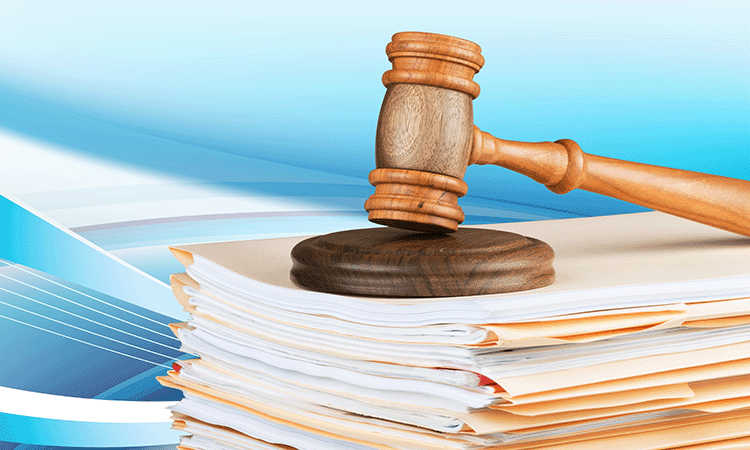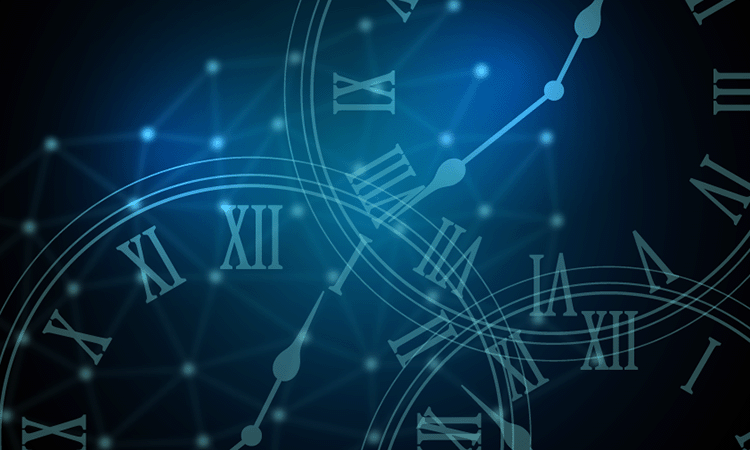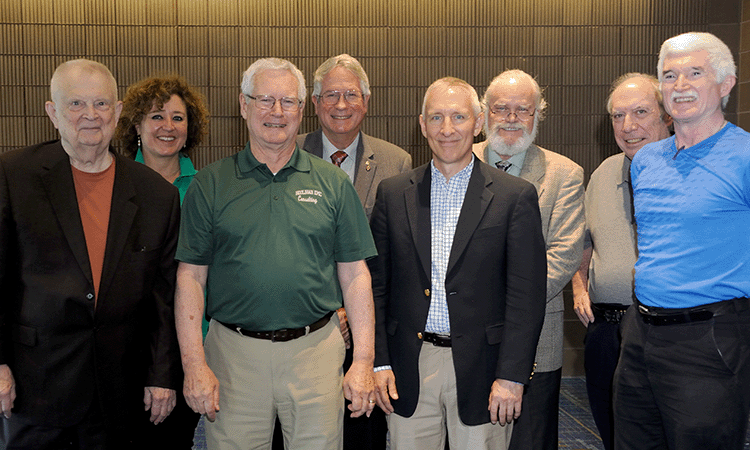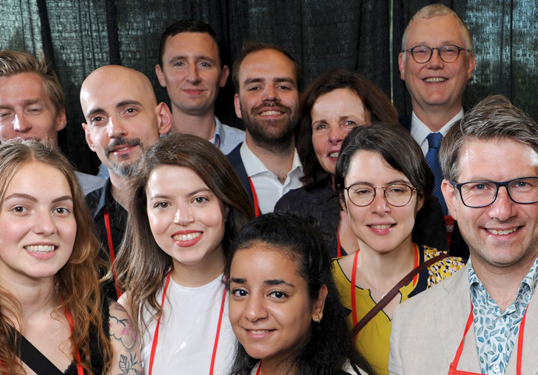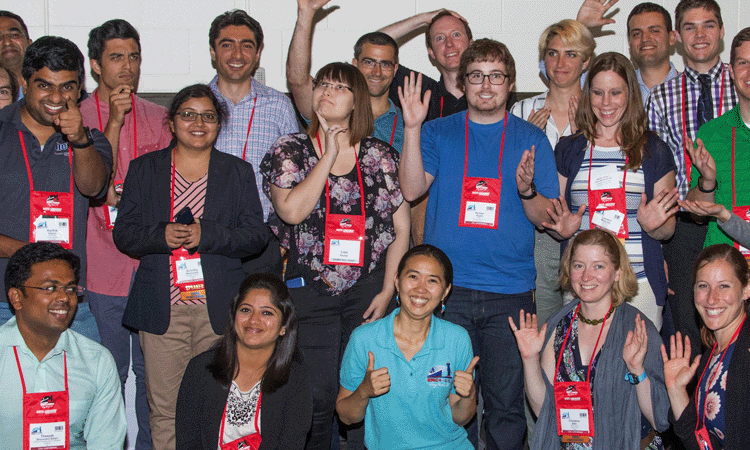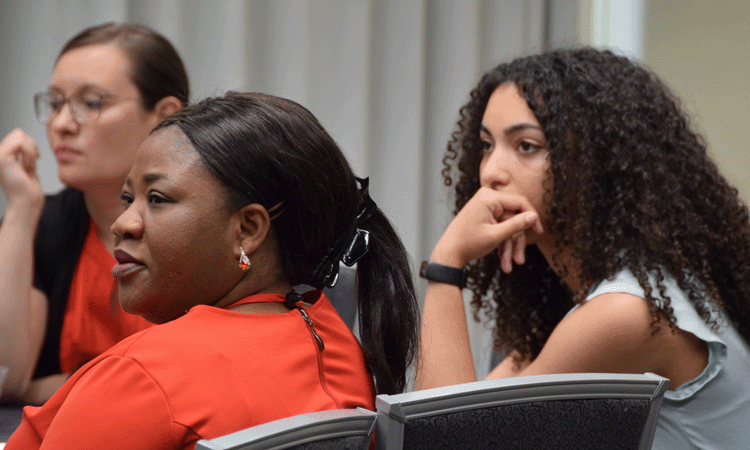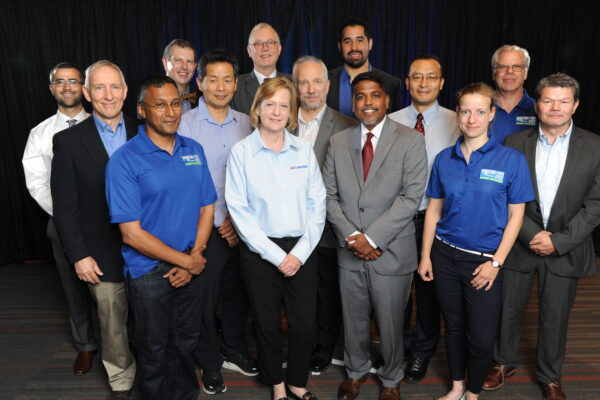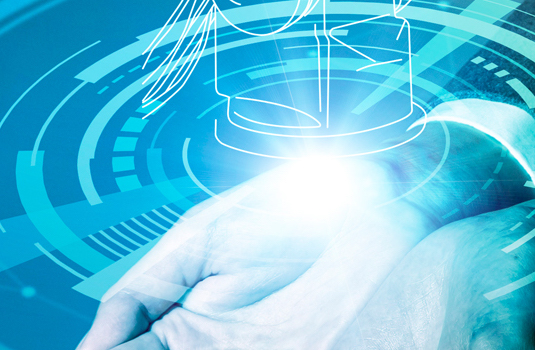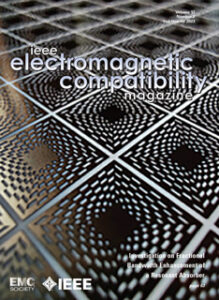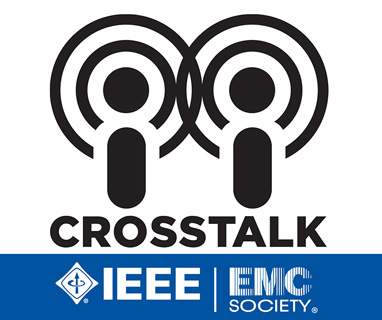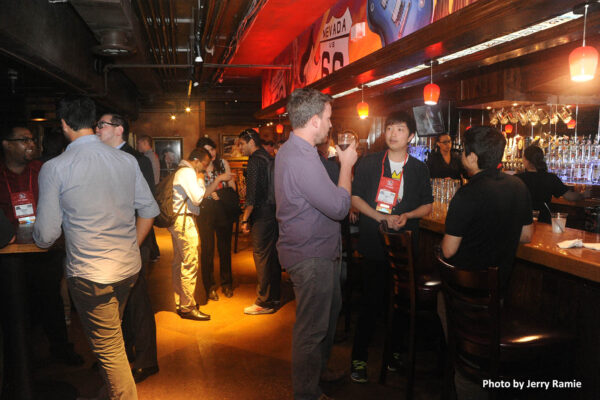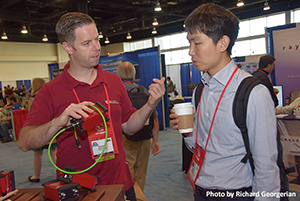
Distinguished Lecturer
Dr. Robert (Bob) Johnk
Distinguished Lecturer

Dr. Robert (Bob) Johnk
Retired from NTIA, Boulder, CO
Term 2023-2024
Robert (Bob) Johnk (M’91 – SM’07) received his Ph.D. degree in Electrical Engineering at the University of Colorado in 1990, where he specialized in electromagnetics and antennas. Bob is currently a research engineer at the Institute for Telecommunication Sciences (NTIA/ITS) where he is engaged in advancing the state of the art in radio-channel propagation measurements/analysis and mentoring new engineers in the art of measurement science. During the development of the FirstNet National Public Safety Radio System, Bob conducted research on in-building wireless propagation and methods for improving in-building public safety communications. Prior to joining NTIA/ITS in 2007, he worked at the National Institute of Standards and Technology (NIST) in Boulder, Colorado for 17 years, where he was the leader of the time-domain fields project. Bob has received best paper awards from the IEEE EMC Society, NTIA, and NIST. In 2011, Bob received the IEEE EMC Society’s Technical Achievement Award for his work “in the development of free-space time-domain measurement techniques”. Bob has also received a U.S. Department of Commerce Silver Medal award for his work in Public Safety communications. Bob is a Life Senior member of the IEEE and a member of both Eta Kappa Nu and Tau Beta Pi. He is available to present the following talks:
Talk 1: A Comprehensive Study of In-Building Wireless Coverage at the University of Colorado Boulder Campus (UCB) in the 700 MHz Band.
This talk describes comprehensive measurements of two buildings on the UCB campus. This talk describes the special drive test equipment and measurement techniques that are needed to map signal levels/data rates and quantify in-building coverage. This talk will also describe techniques that are used to mitigate low-signal areas and improve in-building coverage. Data sets obtained from comprehensive measurement campaigns in two large buildings will be presented. This talk will be of interest to wireless engineers and folks who are interested in effective in-building communications.;
Talk 2: A Low-Cost Way to Assess In-Building Coverage Using Android Devices.
This talk is a companion to Talk 1. In this talk, a low-cost method is described that involves a specialized Android app which was developed at NTIA. This provides a quick and easy way to test in-building coverage and identify problem areas with indoor coverage. The approach described in this talk is low-cost and does not require a high level of operator expertise. The app and associated measurement techniques can be quickly mastered with very little knowledge of RF measurements. This talk will summarize results from six different buildings in Harris County, Texas and Boulder, Colorado. An in-building coverage scoring methodology is presented to determine the quality of coverage and to identify problem areas inside of buildings. Data from a few different in-building scenarios will be presented. This talk will be of interest to folks who are interested in simple tests that can identify problem areas to ensure robust in-building communications and improved safety.
Talk 3: How to Perform Mobile Channel Measurements Using a CW System.
This talk describes how to conduct mobile channel measurements in a wide range of outdoor environments, ranging from open rural to heavily cluttered urban areas. The talk will describe the methods, equipment, and the post processing of data to obtain useful propagation parameters such as path loss, Doppler spreading, and K-factors. This talk will be of interest to both the wireless and EMC communities. The results of these types of measurements are used by spectrum managers to inform national policy. Results from measurement campaigns at 1700MHz and 3500 MHz will be presented. The methods presented in this talk could be used to evaluate the performance of EMC testing facilities such as Anechoic/Semi-Anechoic chambers and Open-Area testing facilities.
Talk 4: Taking your Measurements Underground
This talk describes a comprehensive measurement campaign that was conducted in a coal mine with the sponsorship of DARPA’s Subterranean Challenge. Two mobile measurement systems were developed to both time- and frequency-domain radio propagation measurements in the200 MHz-6GHz at the CDC’s experimental mine in Bruceton, Pennsylvania. The talk describes the measurements systems, the mobility solutions, data post processing, and propagation data obtained. This talk should be of interest to mining safety engineers, wireless engineers, and EMC engineers who want to better understand subterranean radio propagation issues.

